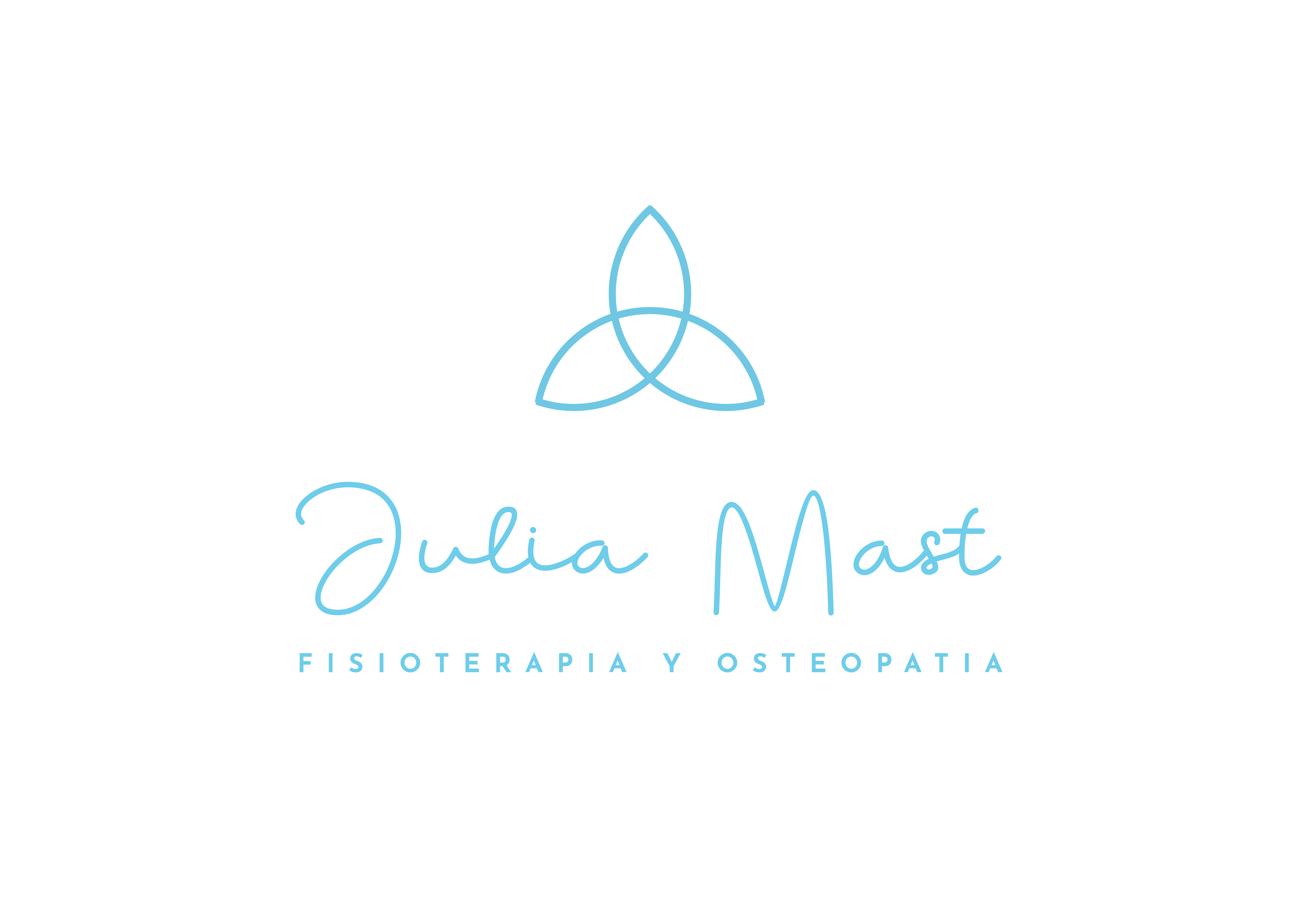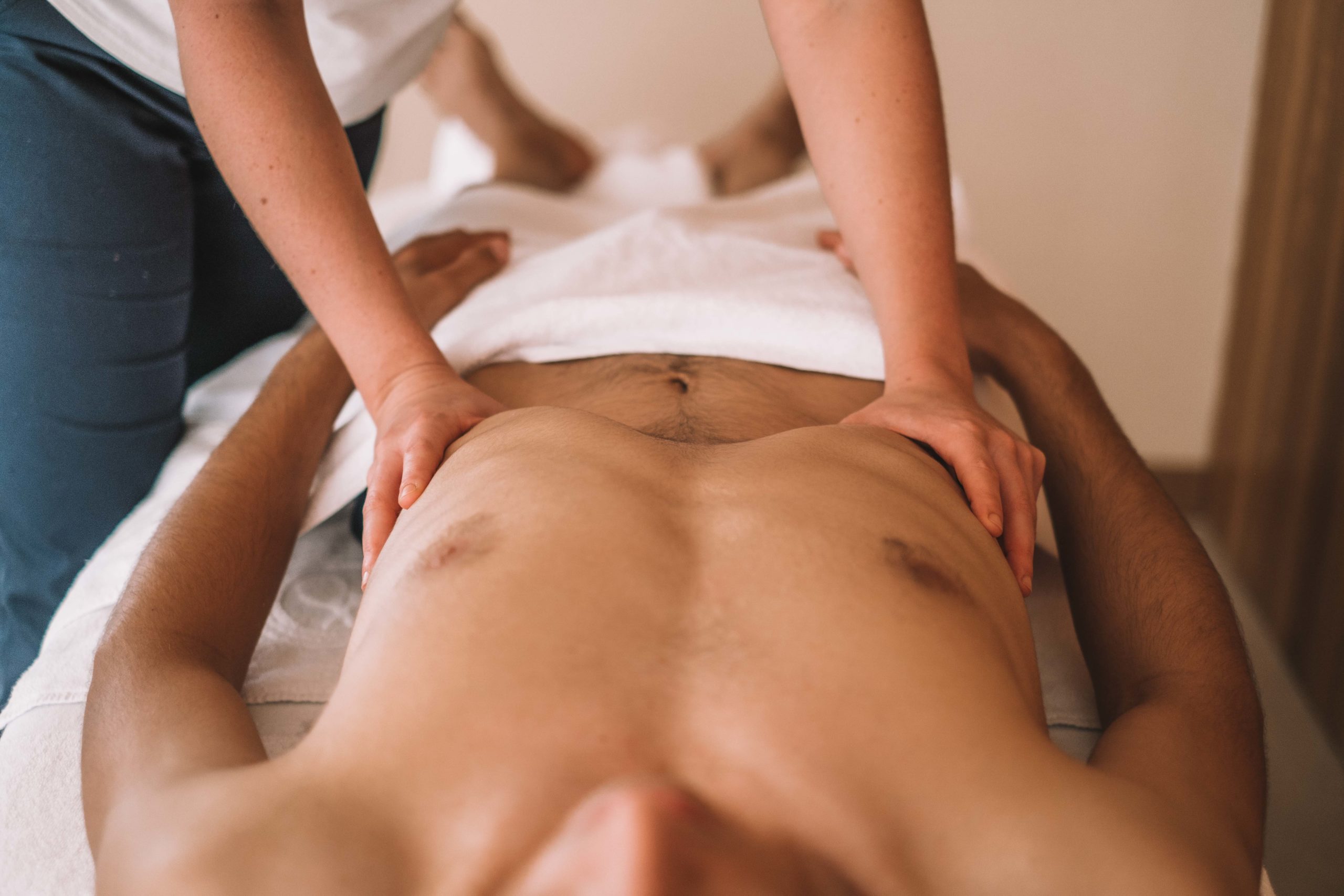In October I had the pleasure to be on tour again and assist the ATP-physios at the ATP500 Erste Bank Open in Vienna. It’s a must-stop on the ATP-Calendar as it´s one of the last tournaments of the year to gain points for the final ranking.
As an indoor tournament played on hardcourt, days can be long, as matches are played late in the afternoon and there are night-sessions as well. This is how a normal day for me as a physio looks like:
My day always starts an hour before play begins, so I have time to see any players for pre-match preparations. This may involve treating players’ new injuries or pains but usually involves managing problems we have been aware of before. Treatments at this point may involve soft tissue massage, joint mobilizations and taping to offload any tight and sore body parts.
Once play is in flow then the physio needs to be prepared for any on-court medical time outs. A player can request the physio at any time during the match for an injury or illness. A walkie talkie is always carried by the physio so they can be easily contacted. Once on court, the player’s needs are assessed within a reasonable time scale. If the player needs treatment to continue playing, then the umpire will allow no more than three minutes for this. Types of on-court treatment can vary from massage, joint mobilizations, manipulation, taping, wound management or simply advice.
After their matches or practice our goal is to help the athletes with their recovery and look after their general maintenance and rehabilitation plans. We use different techniques like stretching, manual therapy, manipulations, fascial release, dry needling, and taping.
When the athletes play on hardcourt with quicker points there are also different stresses on the body. Typically, the players have more lower limb injuries like patella tendinopathy and lower back problems because of the shock-absorption, as the surface doesn’t allow the players to slide. Tennis toes and blisters also occur frequently, as the result of sudden stopping movements.
We always try to prevent these kinds of conditions together with the doctors and rest of the medical service. Teamwork is key, to offer the best approach and help the athletes to stay in their best physical conditions during the whole tournament.



